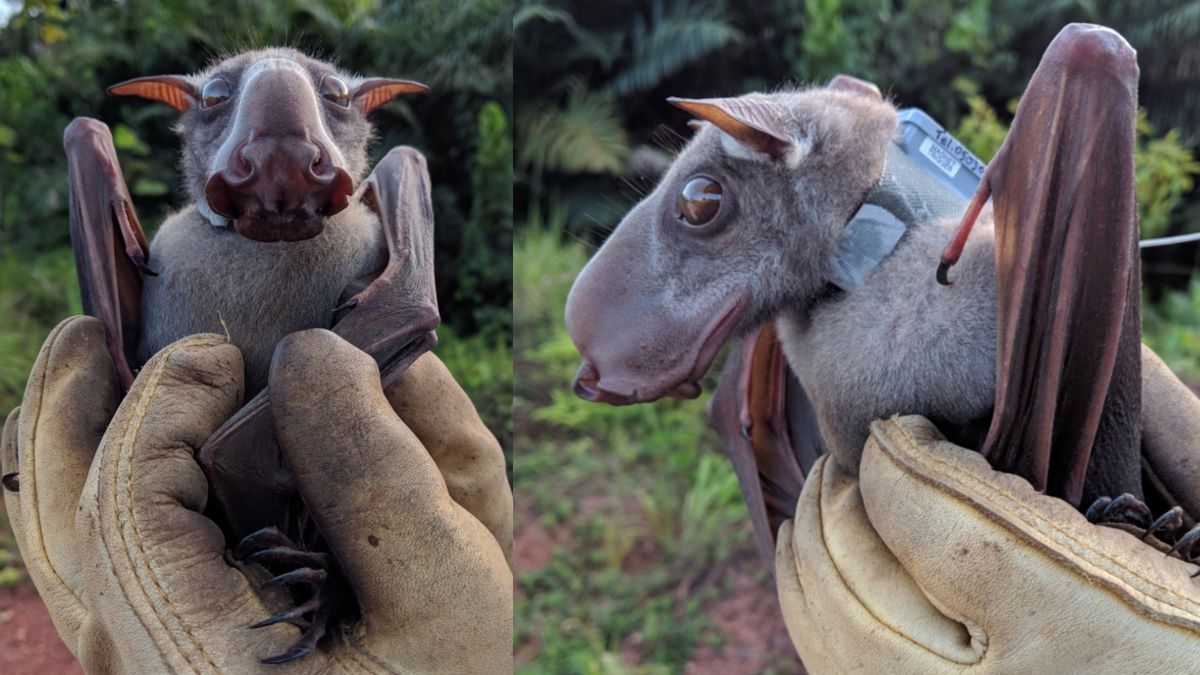Recent research published in the Schizophrenia Bulletin suggests that exposure to cats in early life may increase the risk of developing schizophrenia and related disorders in young adulthood. The systematic review and meta-analysis found that cat ownership was associated with more than double the odds of experiencing schizophrenia-related disorders. However, the relationship between cat ownership and less severe psychotic-like experiences remains unclear.
Schizophrenia, a severe mental disorder characterized by distortions in thinking, perception, emotions, language, sense of self, and behavior, has long been the focus of scientific research to pinpoint potential risk factors. Symptoms of schizophrenia are typically divided into three categories: positive, negative, and cognitive.
Positive symptoms include hallucinations (such as hearing voices) and delusions (fixed, false beliefs). Negative symptoms involve emotional flatness or lack of function, such as an inability to start and follow through with activities, and cognitive symptoms cover problems with attention, memory, and executive functions like planning and organizing.
Psychotic-like experiences are subclinical symptoms of psychosis that can occur in the general population without a diagnosis of a psychotic disorder. These include experiences akin to hallucinations and delusions but are typically less intense and less frequent than those observed in full-blown psychotic disorders like schizophrenia. For example, an individual might report hearing a voice calling their name when alone, but unlike in schizophrenia, these experiences might not significantly impair functioning or require clinical intervention.
Previous research into the environmental factors contributing to schizophrenia has sometimes pointed to cat ownership as a potential risk factor. This interest is largely due to the role of the Toxoplasma gondii parasite, a microscopic organism that can infect most animals and birds, but it reproduces sexually only in cats, making them the primary hosts.
Humans can become infected through several routes, including ingesting undercooked meat, consuming food or water contaminated with cat feces, or, less commonly, through transmission from mother to fetus during pregnancy. In most healthy individuals, T. gondii causes no obvious symptoms, but it can pose serious risks to those with weakened immune systems and to pregnant women.
Studies have also suggested that infection with T. gondii can increase the risk of developing schizophrenia, possibly due to the parasite’s ability to persist in the human brain and affect neurotransmitter functions and immune responses. However, results have been mixed, with some studies showing a significant association between cat ownership in childhood and increased risk of schizophrenia, while others found no such link.
To provide clearer insights into the relationship between cat ownership and schizophrenia, the researchers conducted a meta-analysis, a statistical technique that combines the results of multiple scientific studies. With larger data sets from combined studies, meta-analyses provide more precise estimates of effects. In addition, meta-analyses often include diverse populations and varied settings, which can enhance the generalizability of the findings.
To capture all relevant studies without restrictions on language or geographic location, the researchers searched several electronic databases, including PubMed-Medline, Embase, CINAHL, and Web of Science, covering publications from January 1980 to May 2023. The analysis did not limit the types of studies included, as long as they provided risk estimates such as relative risks, odds ratios, or hazard ratios, complete with 95% confidence intervals or similar measures of uncertainty.
The researchers ended up with a sample of 17 studies from 11 countries: Canada, Ethiopia, Egypt, Finland, France, Lebanon, Saudi Arabia, Tunisia, Turkey, the United Kingdom, and the United States of America. These studies all explored the potential link between cat ownership and the risk of developing schizophrenia-related disorders and psychotic experiences.
The population focus was the general population, with a specific emphasis on cat ownership from the prenatal period up to the age of 25 years. This age range was chosen due to the typical early twenties peak onset of schizophrenia. Cat ownership data was collected through self-reporting or reports by others, such as parents.
The researchers identified a clear link: individuals who had been exposed to cats during the critical period from prenatal development to the age of 25 showed an increased likelihood of developing schizophrenia-related disorders. Specifically, the unadjusted pooled odds ratio was 2.35, indicating that the risk of developing these disorders was more than double for those exposed to cats compared to those who were not. This association persisted even after adjusting for various confounding factors.
However, the analysis regarding psychotic-like experiences produced mixed results. While some studies within the meta-analysis reported a correlation between cat ownership and increased scores on psychotic-like experiences scales, others did not find a significant association. This inconsistency highlights the complexity of psychotic-like experiences as a diagnostic category and suggests that the relationship between cat exposure and subclinical psychotic symptoms may be influenced by factors that were not uniformly controlled across studies.
Despite the robust findings, the study faced several limitations. Notably, the heterogeneity among studies, in terms of how cat exposure was defined and how outcomes were measured, posed challenges. This variability might have influenced the results and the ability to draw broader generalizations from the findings.
Most included studies were unable to control for all potential confounding factors, which could affect the observed associations. The role of T. gondii, for instance, remains an area ripe for further investigation to understand its exact mechanism in potentially increasing schizophrenia risk.
Future research should focus on more uniformly designed studies that can better address these inconsistencies and explore the biological underpinnings of the observed associations. Understanding the critical periods of exposure and the specific conditions under which cat ownership might increase schizophrenia risk will be crucial. Additionally, refining the measurement of psychotic-like experiences and their relationship to cat exposure will help clarify this complex link.
“In conclusion, our review provides support for an association between cat ownership and schizophrenia-related disorders. Our field needs to generate novel candidate environmental risk factors, especially those that are potentially modifiable. Within that context, there is a need for more high-quality studies, based on large, representative samples to better understand cat ownership as a candidate risk-modifying factor for mental disorders,” the researchers wrote.
The study, “Cat Ownership and Schizophrenia-Related Disorders and Psychotic-Like Experiences: A Systematic Review and Meta-Analysis,” was authored by John J. McGrath, Carmen C. W. Lim, and Sukanta Saha.

Rachel Carter is a health and wellness expert dedicated to helping readers lead healthier lives. With a background in nutrition, she offers evidence-based advice on fitness, nutrition, and mental well-being.






